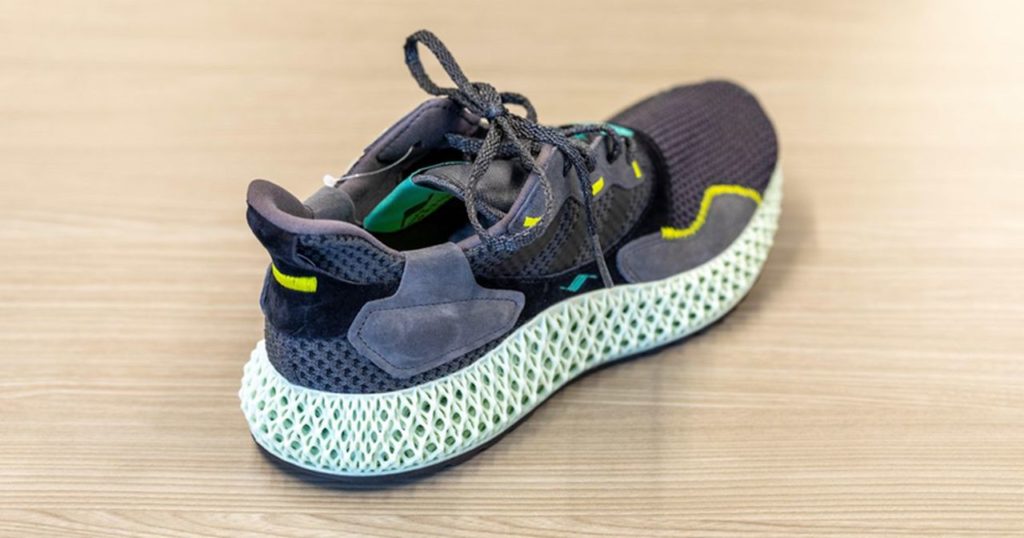Charles R. Goulding and Preeti Sulibhavi look at how Carbon approaches current crises.
On the front page of the November 1, 2021, issue of the Wall Street Journal (WSJ) was an article emphasizing how the global pandemic has re-written the CEO playbook. CEOs are scrambling to maintain control in an increasingly uncertain world. The article detailed how some companies are moving manufacturing and workers closer to home and relocating plants closer to suppliers.
Ellen Kullman and 3D Printing
Former CEO of DuPont and current CEO for Carbon Inc, Ms. Kullman’s concerns resonate with many CEOs. There are two viewpoints that can be taken at this juncture, one is that this situation is short-term and will not happen again for a long time; the second is that this will be happening more often than we can imagine. Many CEOs are of the second viewpoint and are coming up with strategies to address everything from global pandemics to climate change.
Ms. Kullman and Carbon are at the forefront of the revolution to bring manufacturing back home. As we have covered Carbon’s path from 3D Printing Unicorn to its IPO, there are a lot of reasons for Carbon’s success. Carbon can help manufacturers cut material costs and decrease turnaround time all while improving labor efficiency. When there is a disruption in supply and/or a surge in demand, Carbon can deliver reliable production. There are several reasons for this. Carbon is researching and experimenting with several processes, one of which is the Carbon Digital Light Synthesis (DLS) process that allows companies to develop functional prototypes and end-use parts on a single machine. Carbon also carries a wide array of high-quality materials. Carbon is also known for its quick iterative processes, informed designs, and geometric capabilities.

Carbon is a trusted 3D printing industry leader that has a track record of proven results. There are very few companies that can claim that, but that has not let Carbon rest on its laurels. Today, it is testing and experimenting with new applications of 3D printing and additive manufacturing that can take a design from prototype to end-product in less time than traditional manufacturing.
The Research & Development Tax Credit
The now permanent Research and Development (R&D) Tax Credit is available for companies developing new or improved products, processes and/or software.
3D printing can help boost a company’s R&D Tax Credits. Wages for technical employees creating, testing, and revising 3D printed prototypes can be included as a percentage of eligible time spent for the R&D Tax Credit. Similarly, when used as a method of improving a process, time spent integrating 3D printing hardware and software counts as an eligible activity. Lastly, when used for modeling and preproduction, the costs of filaments consumed during the development process may also be recovered.
Whether it is used for creating and testing prototypes or for final production, 3D printing is a great indicator that R&D Credit eligible activities are taking place. Companies implementing this technology at any point should consider taking advantage of R&D Tax Credits.
Conclusion
There are many reasons to pay attention to how CEOs are handling the current supply chain disruption crisis. Some will learn a lesson and will apply it going forward; others will simply take the hit and hope it’s a short-term issue and move on as before. Let’s hope the 3D printing industry takes the more responsible path.

